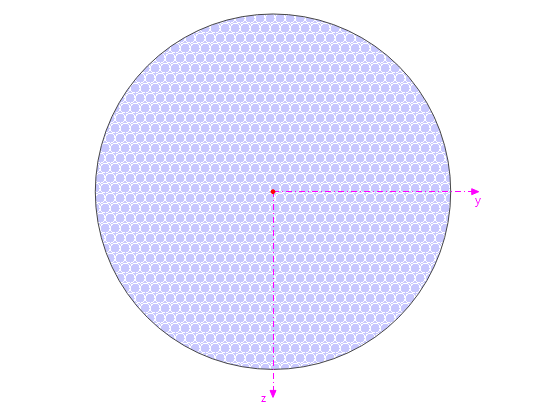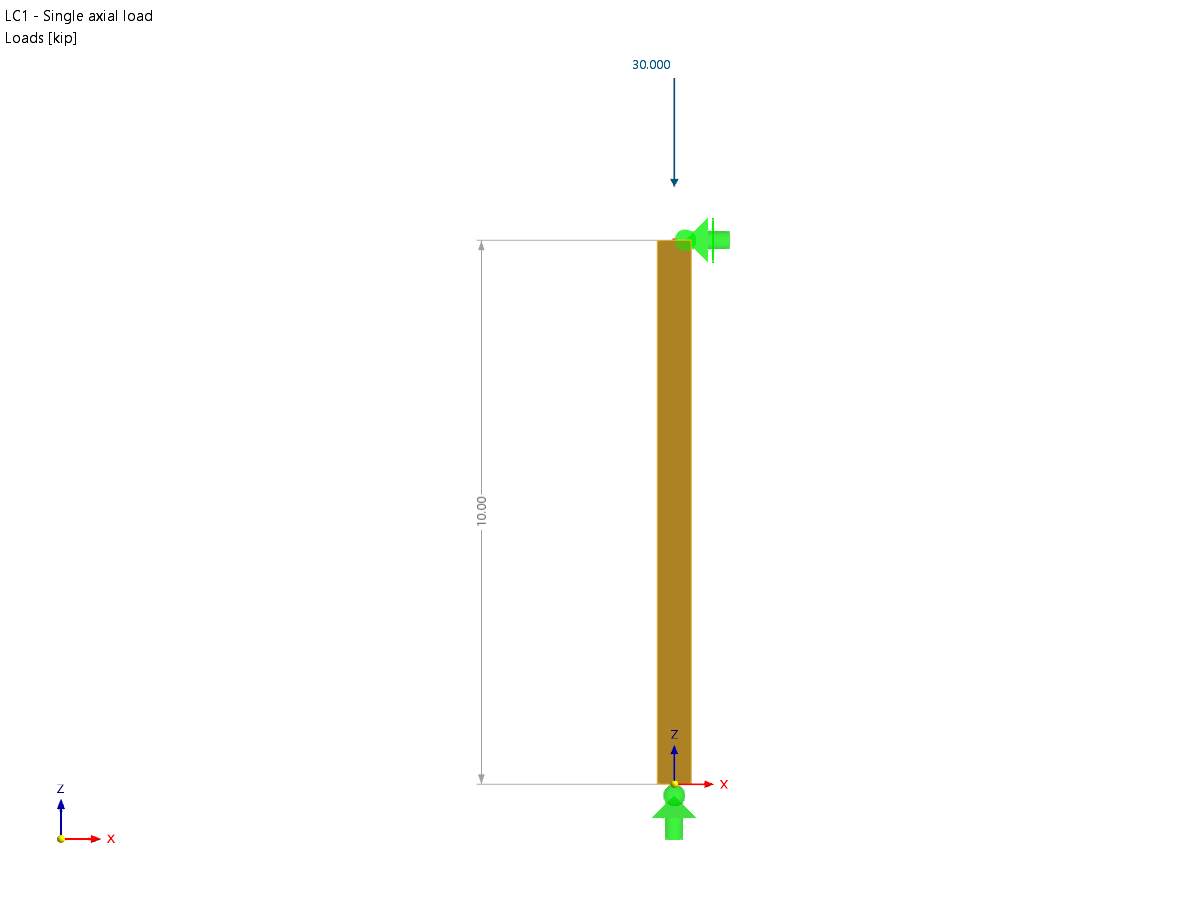The stresses due to internal pressure are calculated as follows:
Medium perimeter stress σu = (p × di) / (2 × s)
Longitudinal stress σx = (p × di2) / (4 × s × (di + s))
where
p = the internal pressure
di = the internal diameter
s = the wall thickness
Generally, these stresses due to internal pressure have no effect on the deformation. Only after you activate the "Bourdon" effect in the calculation parameters does the longitudinal strain apply (considering the transversal strain), depending on the axial stress, perimeter stress, and corresponding material stiffness. In this case, the positive internal pressure leads to an extension of the member element. If the member element is fixed elastically or rigidly on both sides, the extension leads from the internal pressure to a forced load, which induces additional internal forces.








.png?mw=350&hash=c6c25b135ffd26af9cd48d77813d2ba5853f936c)














![Basic Shapes of Membrane Structures [1]](/en/webimage/009595/2419502/01-en-png-png.png?mw=512&hash=6ca63b32e8ca5da057de21c4f204d41103e6fe20)










.png?mw=512&hash=ea9bf0ab53a4fb0da5c4ed81d32d53360ab2820c)


_1.jpg?mw=350&hash=ab2086621f4e50c8c8fb8f3c211a22bc246e0552)







